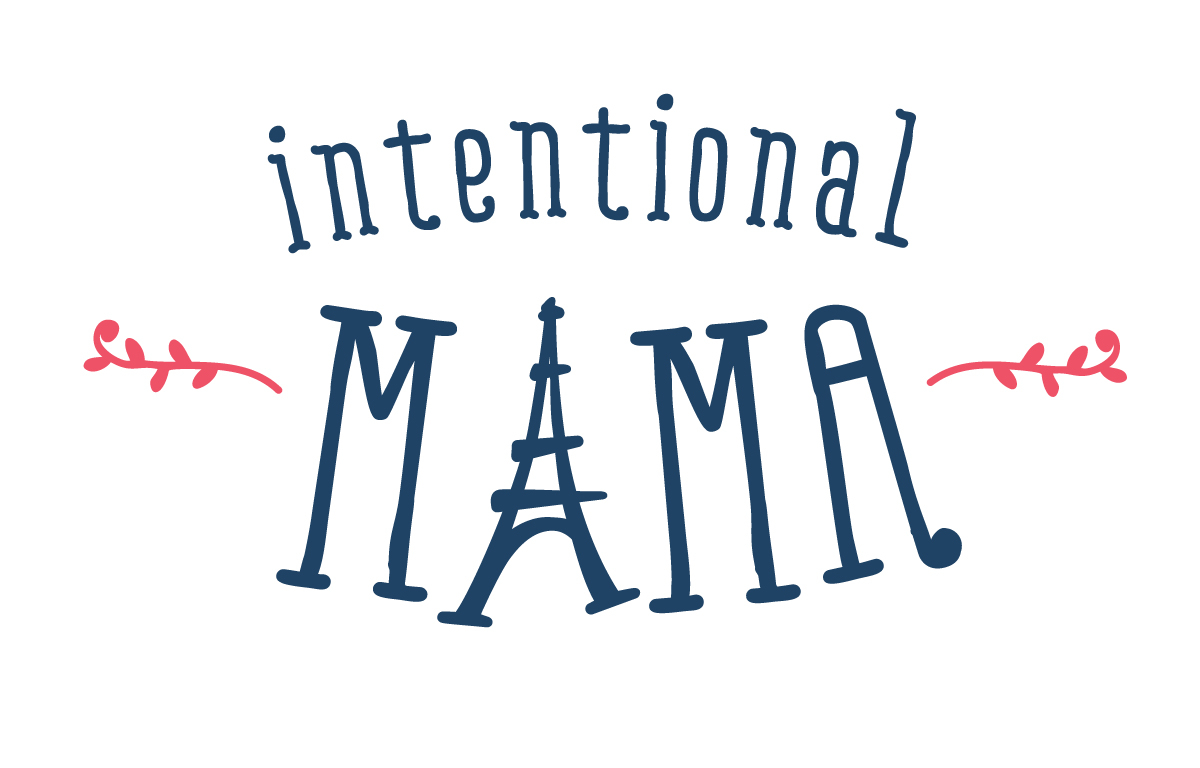Beginning French Lesson Plan 3: Alphabet, Spelling, & Numbers
Here is the third lesson for a beginning French class based on a once-per-week 50-minute course for upper elementary students. If you'd like to see earlier lessons, I posted lesson one and two within the past few weeks.
Lesson 3 Goals:
- Review French greetings and introductions
- Review and practice French alphabet sounds and corresponding letters
- Learn to count from 1-21 in French
Part 1: Reviewing Introductions
Greet students as a class and individually by name using bonjour, comment allez-vous, comment vas-tu, et toi phrases. Encourage students to return the question to you or to another student. Introduce Ça va? and ça va bien/ça va mal as an informal option.
George Washington portrait by John Trumbull, 1792
I use several simple props of well-known people or characters to practice with formal and informal greetings. These props range from photos of American presidents past and present to Olaf from Frozen so that students can practice choosing between formal and informal greetings.
Je vous présente le Président. How would you introduce yourself to him in French? How would you ask how he's doing? The teacher can speak for the props in response, returning the question to students and asking students their names and how to spell them in French.
Part 2: Alphabet Review and Spelling Game
Scattergories alphabet die
We sing the French alphabet song again using an alphabet poster as a memory guide. Then I use an alphabet die (from the Scattergories board game) to give students practice pronouncing the letters they roll. Finally, students use mini-whiteboards to write the letters that I dictate. I spell recognizable French words such as dinosaure, Mexique, amour, and other vowel-rich words. Students can volunteer to take a turn spelling a French or English word aloud for their classmates to write.
Part 3: Numbers 1-21 and Counting Game
Boys Playing Dice by Bartolome Esteban Murillo, 1675
Students who know how to count a few numbers in French can share what they know with the class. We then practice repeating numbers 1-6 using our hands and starting with our thumbs as the French do, then counting backwards to zero. I stop at 6 so that students can practice these numbers on their own by rolling a die. (I ask Ça fait combien?) When students become more confident, I teach numbers 7-21 and students get in groups of three to roll die individually and then add their three dice together. (The highest number added will be 18 but I teach to 21 to make learning the higher numbers easier during the next class.)
If time allows: You can teach students to talk about one's age by stating your own age: Moi, j'ai 35 ans. Combien est-ce en anglais? (They can guess). I follow by asking Quel âge as-tu?



